ART 310 Manual
Læs gratis den danske manual til ART 310 (6 sider) i kategorien Ikke kategoriseret. Denne vejledning er vurderet som hjælpsom af 9 personer og har en gennemsnitlig bedømmelse på 5.0 stjerner ud af 5 anmeldelser.
Har du et spørgsmål om ART 310, eller vil du spørge andre brugere om produktet?

Produkt Specifikationer
| Mærke: | ART |
| Kategori: | Ikke kategoriseret |
| Model: | 310 |
Har du brug for hjælp?
Hvis du har brug for hjælp til ART 310 stil et spørgsmål nedenfor, og andre brugere vil svare dig
Ikke kategoriseret ART Manualer
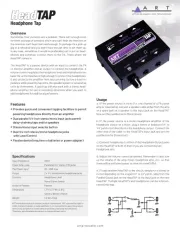
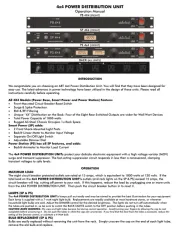

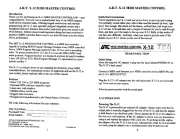

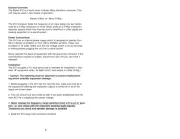
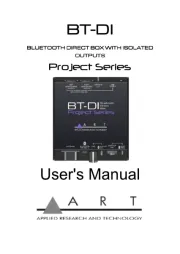


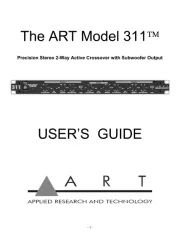
Ikke kategoriseret Manualer
- Bradley
- Petkit
- Martin Logan
- Sonorous
- Ernesto
- Hansa
- Mamas & Papas
- Patching Panda
- Parrot
- Toyotomi
- Salora
- Riccar
- Ice Watch
- Physa
- Hercules
Nyeste Ikke kategoriseret Manualer









